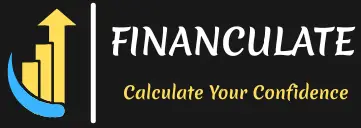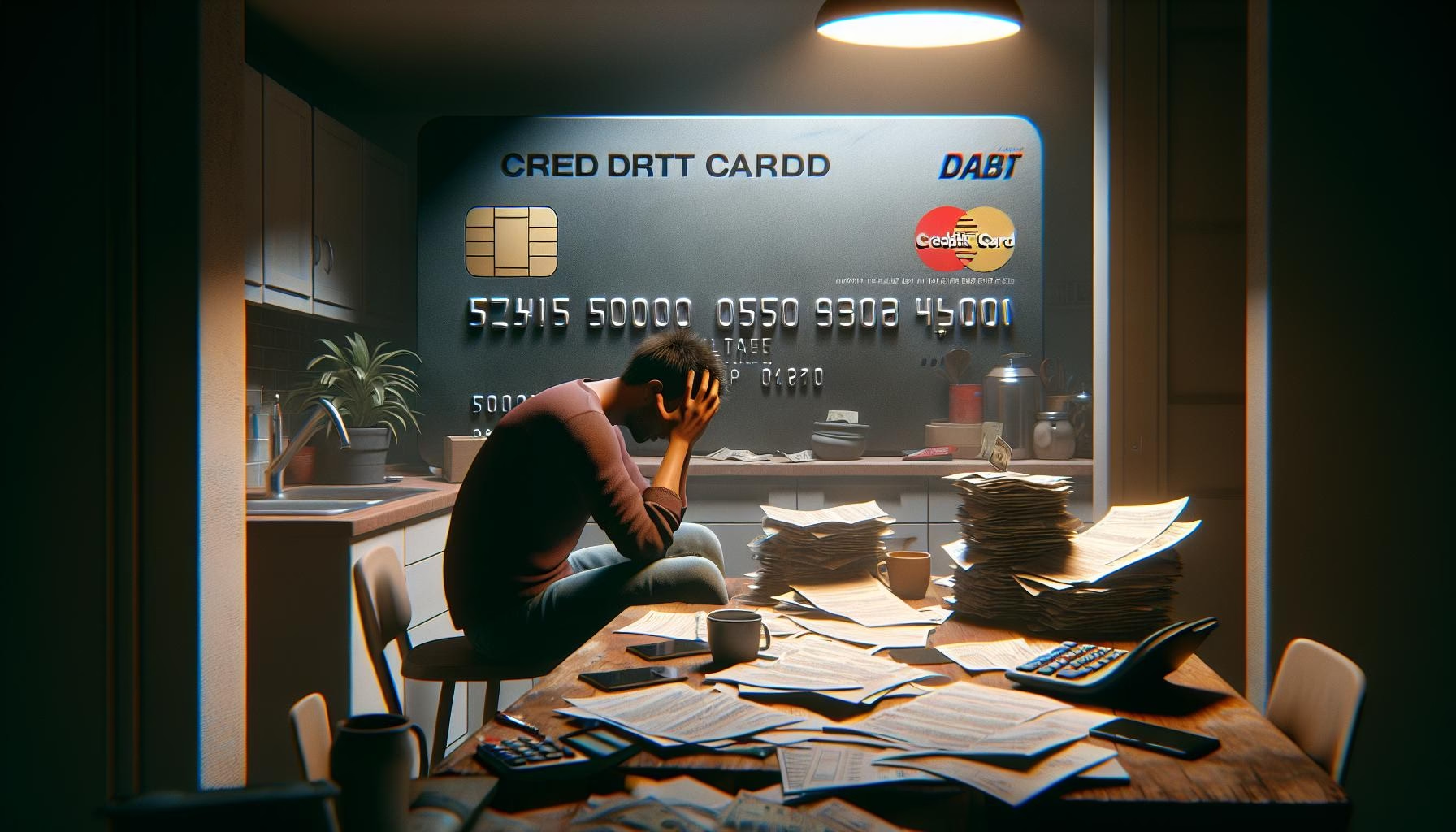Credit card debt can feel like a never-ending weight on your shoulders. The interest keeps piling up, the monthly payments don’t seem to shrink, and somehow, your balance just won’t budge. If that sounds familiar, you’re not alone—and the good news is, there are real solutions.
Let’s break down five practical methods to help you get rid of credit card debt fast, without confusing finance jargon or unrealistic expectations. These tips are easy to understand, even easier to act on, and could put you on the path to freedom from financial stress.
1. Know What You Owe
We get it—looking at your total credit card balance can be scary. But knowledge is power, especially when it comes to money. The first step toward tackling credit card debt is knowing exactly how much you owe, to whom, and at what interest rates.
- Make a list of all your cards with current balances
- Note the interest rates and minimum monthly payments
- Sort them by highest interest rate to lowest
This gives you a clear picture and helps determine which strategy (more on that soon) makes the most sense for your situation.
Tip: Use a free budgeting app or spreadsheet to keep everything in one place.
2. Try the Debt Avalanche or Debt Snowball Method
Once you know what you owe, it’s time for a game plan. Two popular debt repayment methods are the Debt Avalanche and Debt Snowball approaches.
Debt Avalanche (Great for Saving Interest)
With the avalanche method, you pay off your debt with the highest interest rate first, while continuing to make minimum payments on the others. This saves you the most money over time.
Debt Snowball (Great for Motivation)
The snowball method focuses on paying off the smallest balance first. Once it’s gone, you move to the next smallest. It might cost a bit more in interest, but it can give you a quick emotional boost—and help you stay on track.
Pick the method that feels most doable for you. The key is consistency.
Want more budgeting insights? Check out our guide on Budgeting Tips for Beginners.
3. Transfer Your Balance to a Lower-Interest Card
One effective way to cut your credit card debt is by using a 0% APR balance transfer card. These cards allow you to move your balance from a high-interest card to a new one with little to no interest for an introductory period—often 12 to 18 months.
That means every dollar you pay goes directly toward your balance, not toward interest.
- Only make transfers you can pay off within the promo period
- Watch out for balance transfer fees
- Don’t add new charges to the new card
This method works best if you have a good credit score and can commit to paying down the debt aggressively during the no-interest window.
For more details on how balance transfers work, read the full Investopedia guide on credit card debt.
4. Consolidate with a Personal Loan
If juggling multiple credit cards is overwhelming, consider consolidating your debt with a personal loan. A personal loan typically has a lower interest rate than credit cards, especially if you have good credit.
The benefits?
- One monthly payment instead of several
- Lower interest rates can save you money
- Fixed repayment terms help you stay accountable
But be sure to shop around. Compare interest rates, loan terms, and fees. And remember: Don’t charge up those cards again once they’re paid off. Otherwise, you’re just digging a deeper hole.
5. Negotiate or Get Help from a Credit Counseling Agency
Did you know you can call your card issuer and ask for help? Many people don’t realize that creditors may be willing to:
- Lower your interest rate
- Waive late fees
- Set up a payment plan
This phone call could save you hundreds—or even thousands—over time.
If you’re feeling stuck, consider reaching out to a nonprofit credit counseling agency. They offer free or low-cost services like:
- Debt management plans
- Budgeting advice
- Financial education
Be sure to work with a reputable agency accredited by the National Foundation for Credit Counseling (NFCC) or the Financial Counseling Association of America (FCAA).
Bonus Tips to Stay on Track
Getting out of credit card debt is one thing—staying out is another. Here are a few habits that can help you maintain your progress:
- Build an emergency fund so you don’t rely on credit cards in a pinch
- Stick to a budget and track your spending
- Cut unnecessary expenses like unused subscriptions or daily takeout
- Celebrate small wins to stay motivated
The Bottom Line
Credit card debt can feel soul-crushing, but it doesn’t have to be forever. Whether you prefer the snowball method for motivation or a balance transfer to save money, there’s a path that fits your lifestyle. The most important thing? Start now. Even small steps will lead to big changes.
Ready to take control of your finances? You’ve got this. And if you ever need a refresher, the original article on credit card debt on Investopedia offers great foundational knowledge.
Here’s to breaking free from debt—for good.

